It’s 2035 and there has been a global shift in transport’s contribution to the economic and social opportunities that enhance quality of life. Spatial planning and digital connectivity enable people to more easily connect without always having to travel. Targeted campaigns to raise awareness and encourage change have supported this revolution in behaviour.
The range of options available when people do travel are better for the planet and for air quality, supporting a safer built environment and improved public health. People are fitter, happier and respiratory illnesses are declining.
The popularity of living and working locally has grown. Commuters and families using city-wide walking and cycling networks are a common sight, and people can safely access most local facilities and services within a short walk or bicycle ride from their homes. Low-traffic and traffic-free streets are safer, improving quality of life and wellbeing, and are easier for people with limited mobility to navigate.
Clean public transport that is reliable, affordable and accessible is the most efficient way to travel distances that are too far to walk or cycle. A seamless, end-to-end experience provides an attractive alternative to using cars. Long-haul transport for people and goods is shifting to cleaner fuels at an accelerating pace.
As part of a green industrial revolution and to harness the employment opportunities arising from the electrification of the transport sector, people have been retrained and reskilled, and jobs have been created in the manufacture and operation of new technologies and the expansion of public transport.
It’s an evolving and adaptive future that inspires new hope for shared and sustainable prosperity, enabled by digitalisation and changing behaviour.
This is how.




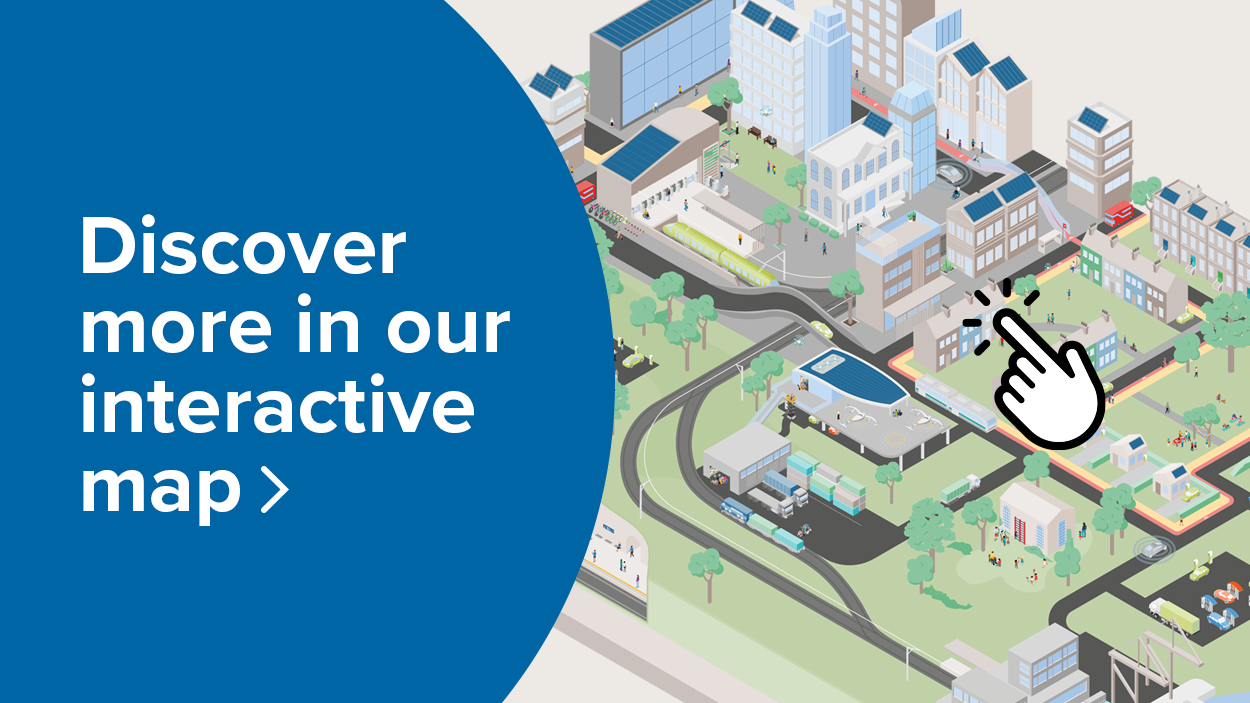
 Inspiring change: Setting a net-zero carbon
Inspiring change: Setting a net-zero carbon 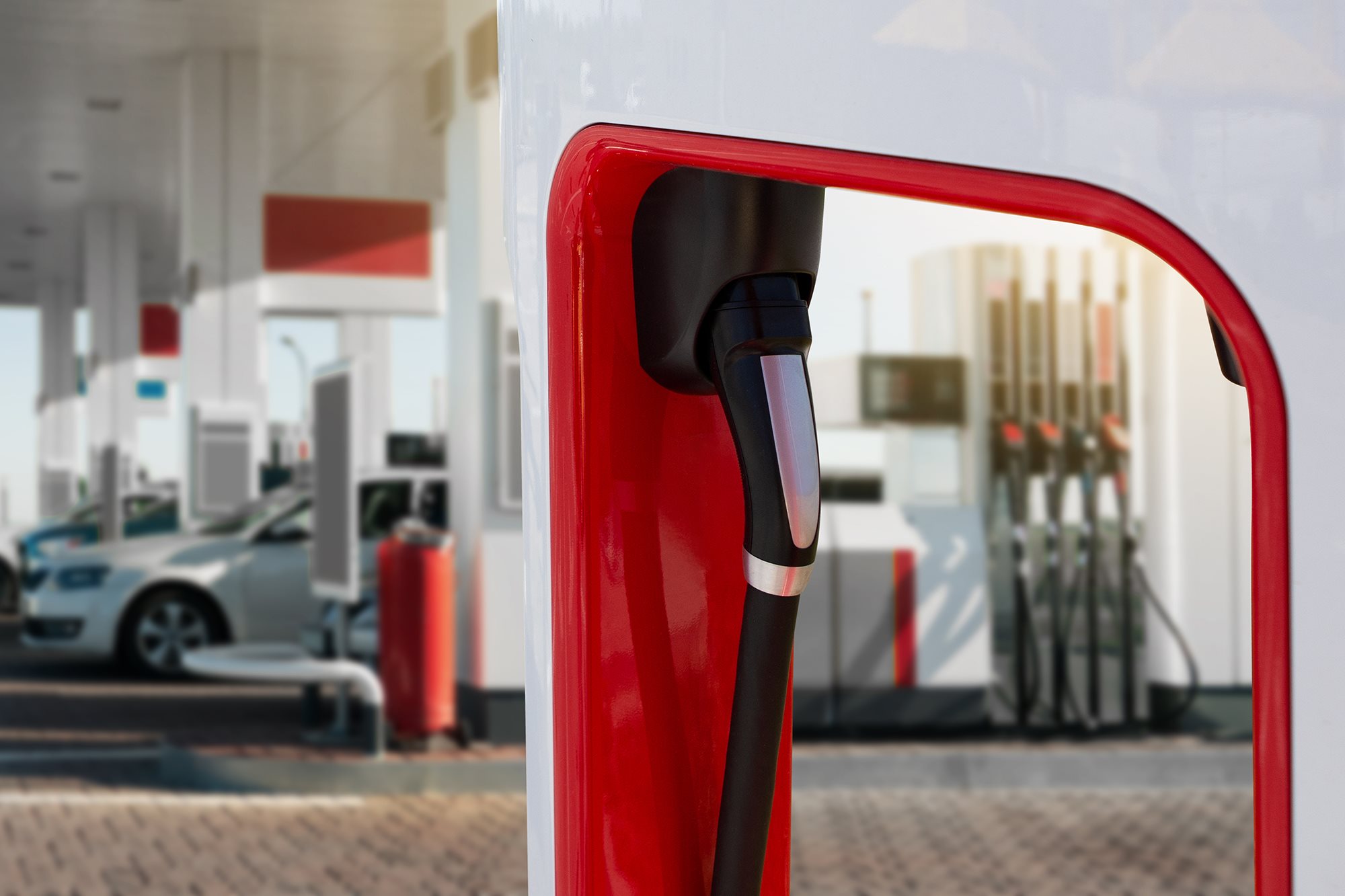 Inspiring change: The transport-energy
Inspiring change: The transport-energy 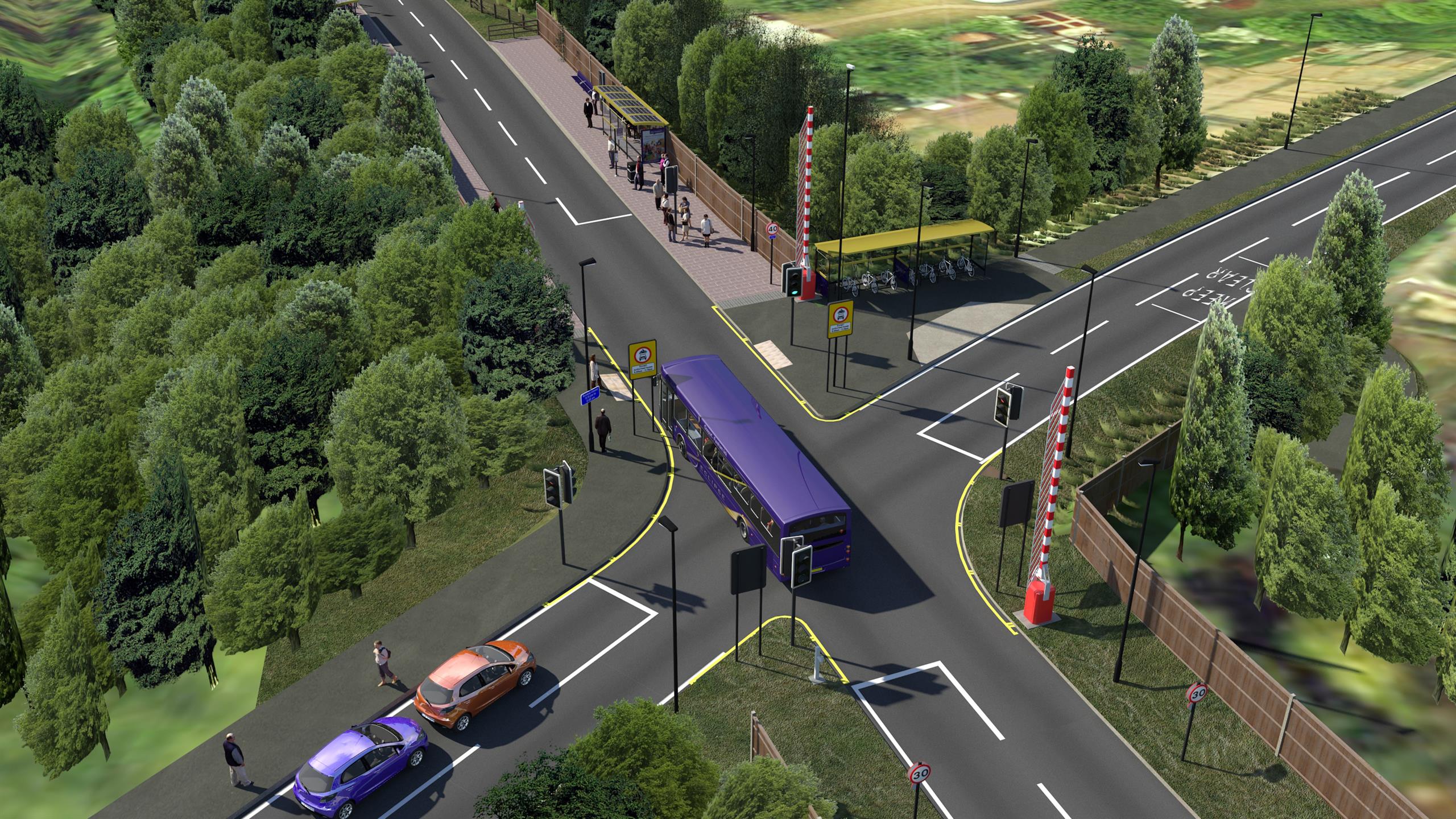 Project delivery:
Project delivery: 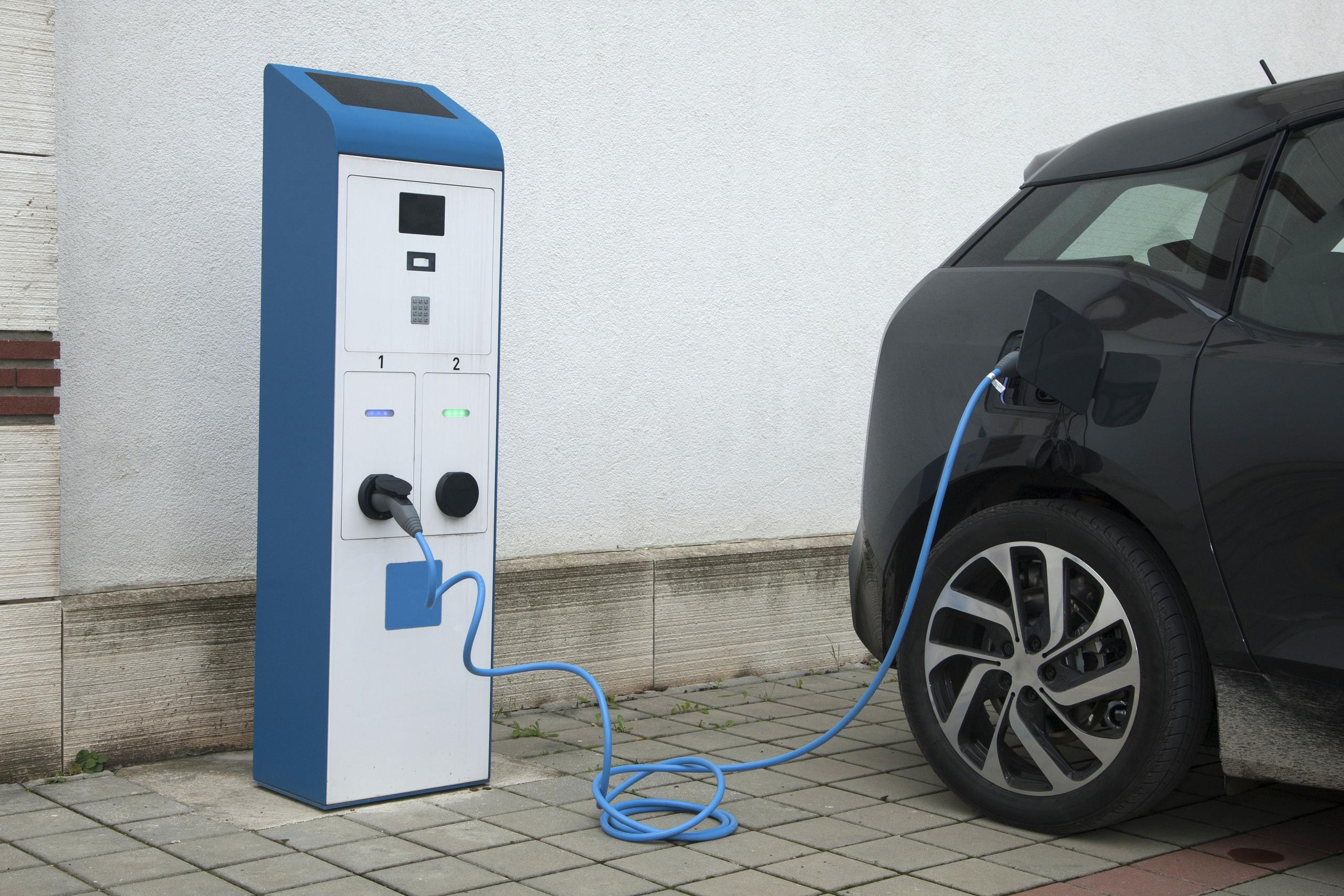 Inspiring change: A
Inspiring change: A 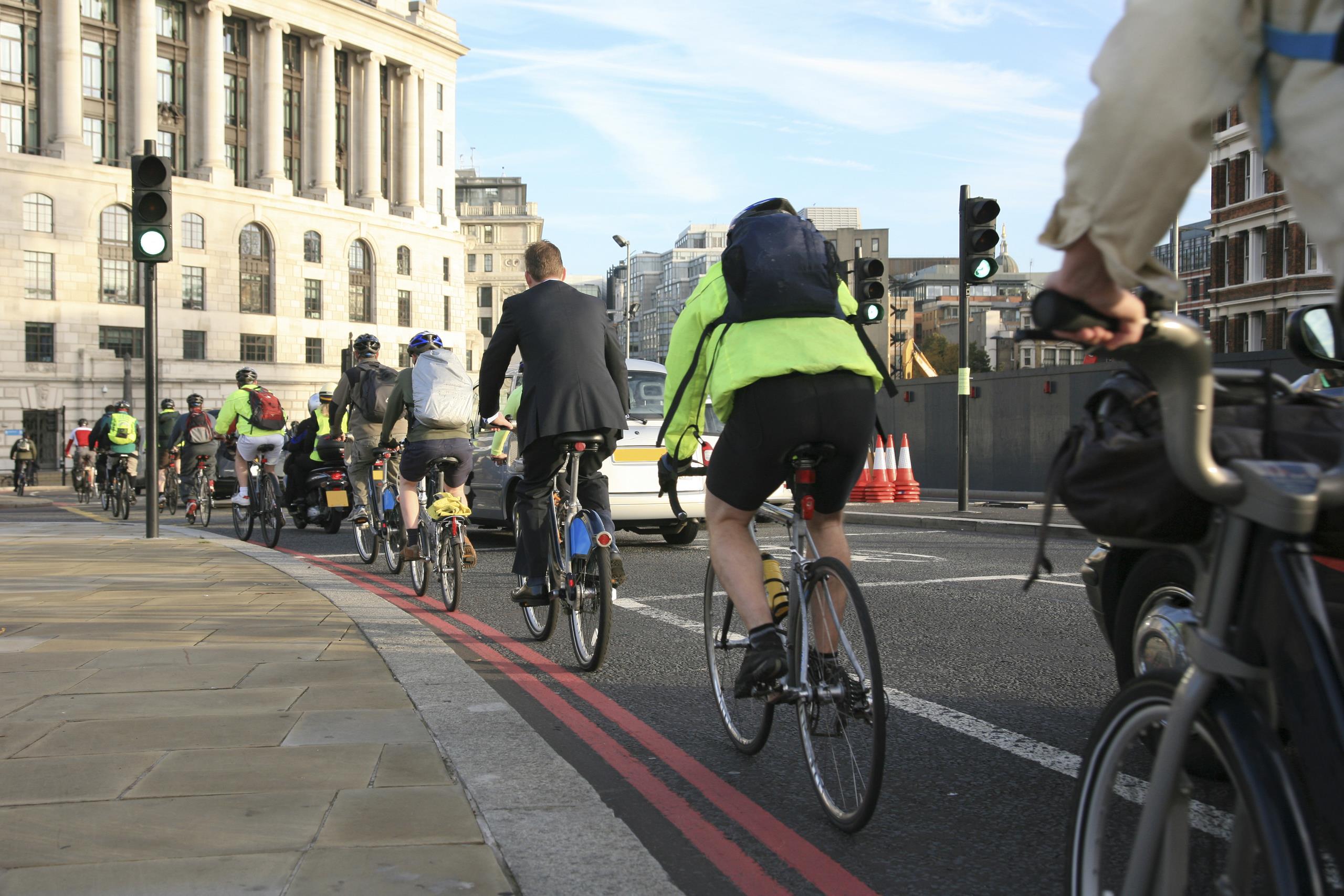 Inspiring change:
Inspiring change: 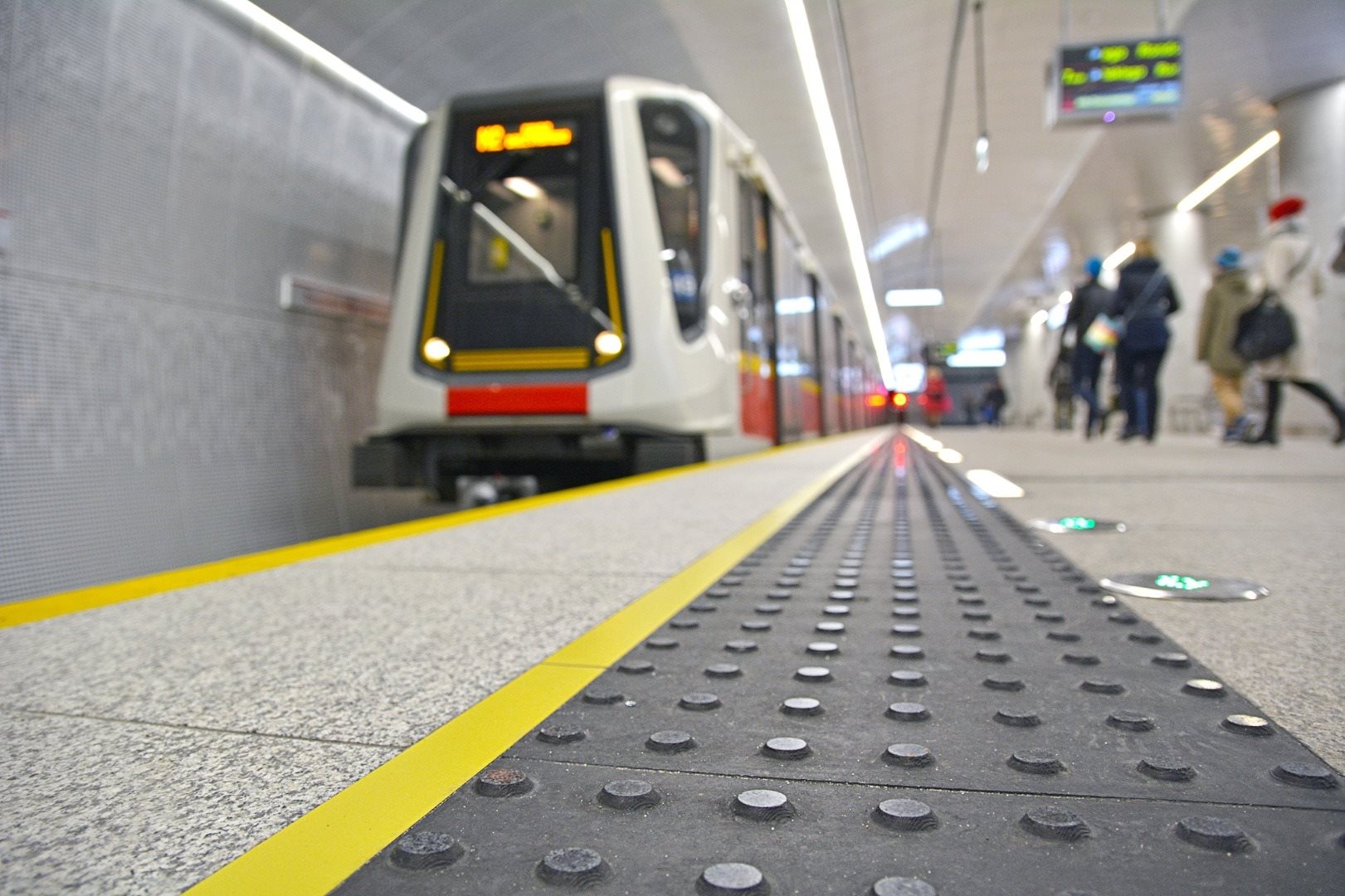 Inspiring change: Making the future
Inspiring change: Making the future 